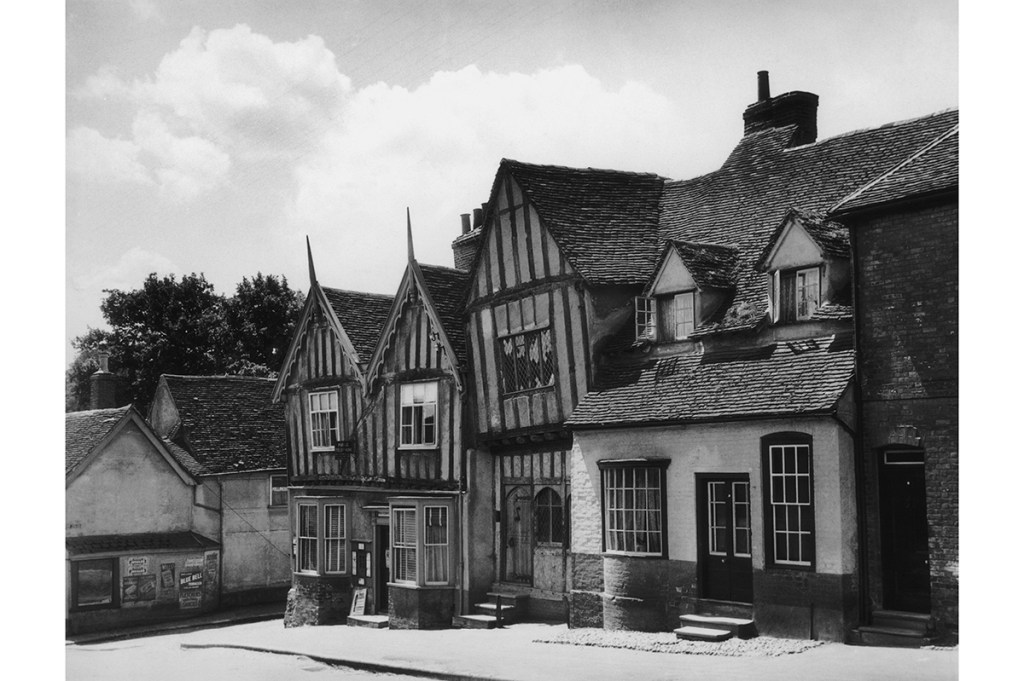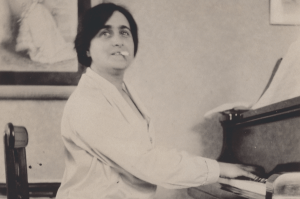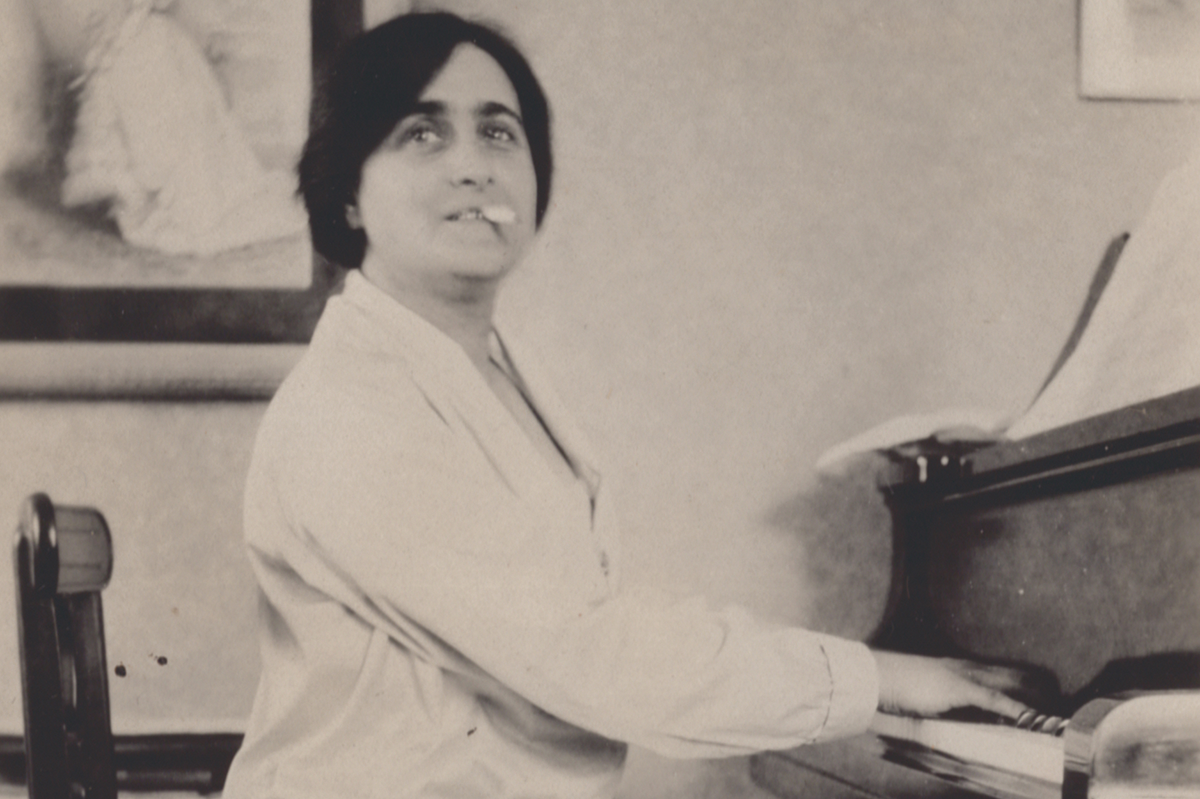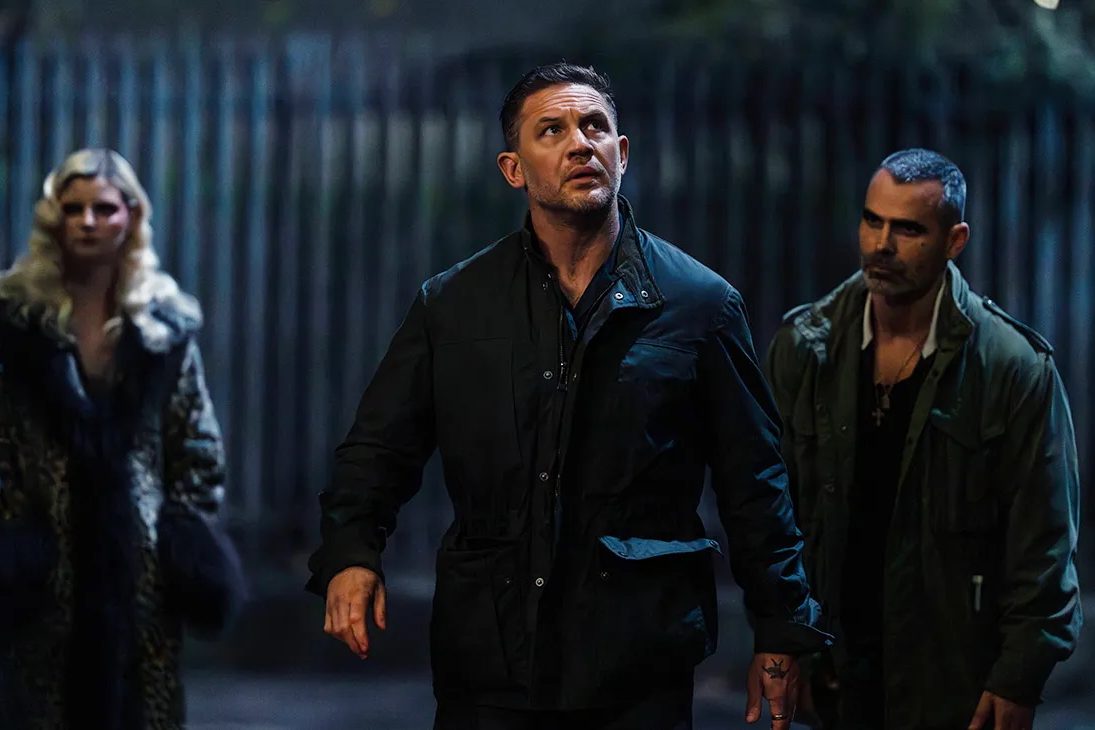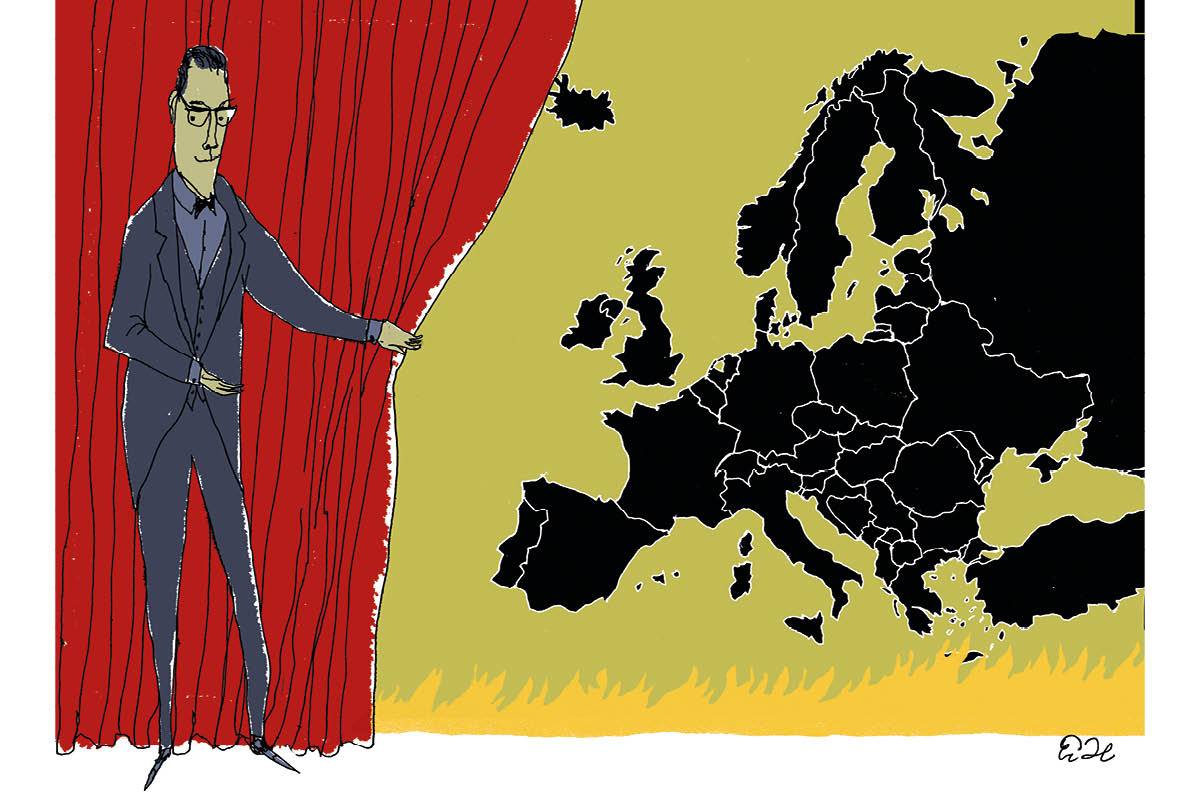Christmas Eve 1944, and the airfield near the tiny Suffolk village of Lavenham shook with the noise of bombers from the 487th Bomb Group, part of the 8th US Army Air Force. The commanding officer, leading more than 2,000 aircraft from various airfields, was brigadier general Frederick Walker Castle, and today was to be his 30th and final mission. Over Allied-held territory in Belgium, Castle’s B-17 Flying Fortress developed engine trouble. Dropping back from the bomber stream so as not to slow it down, he refused to jettison his bomb load on the Allied troops below. He was a sitting duck.
After repeated fighter attacks, his plane on fire and in a tailspin, Castle ordered his crewmen to bail out. Castle stayed in the cockpit and kept the plane in the air to give them time to escape. He died at the controls when he crashed near Hods in Belgium. He was awarded the Medal of Honor, and his remains are interred at the Henri-Chapelle American Cemetery near Hombourg in Belgium. You can find him at Row 133, Plot D. Five crewmen survived as a result of his heroism. His is just one among many stories still remembered in this quiet English backwater.
These days, the sleepy village of Lavenham is pretty much unchanged. It is still as beautiful as it was when it underwent a friendly invasion of American airmen. For the visitor there is still a warm welcome at the village pub, the Swan Hotel, where those young airmen passed the time in between their deadly missions. The Mighty Eighth had arrived in England in June 1942, and the 487th took up residence in its Nissen huts in 1944, in the run-up to D-Day.
Frederick Walker Castle loved the Swan Hotel. He was friends with the landlord and was one of the more than 1,000 airmen who signed their names on the wall of the Airmen’s Bar. Poignantly, that bar is still open, and those signatures are still there. We are accustomed to finding history in museums and institutes and libraries. We can read about war in books. In Lavenham, American history is unlocked by a pint of fine English ale.
Some 185 missions were flown, and over 6,000 sorties were made from Lavenham. The squadron bombed airfields and strategic targets in France in preparation for the Normandy landings. There were four airfields within six miles of Lavenham, so the area was a hotbed of bomber activity. It was a here-today, gone-tomorrow existence for these young men far from home — going down to the pub, heading to a dance in nearby Bury St Edmunds, sharing a pint at the Swan one evening with a friend and never seeing him again. A total of 57 bombers, each with 10 crew, were lost from Lavenham. All were someone’s son or brother, father or friend.
Which brings us back to the Airmen’s Bar at the Swan. As well as the signatures, there’s memorabilia. Some of the old airmen have returned, and also children and grandchildren reflecting on the heroism of their forebears. Bernard T. Nolan, 93, made the trip in 2013 from just outside Washington, DC. One can only imagine his memories when he saw the signatures of those he had flown with. Perhaps he recalled hiking over the fields from the airfield and leaving his muddy boots with those of the other airmen outside the pub, ready to put them back on a few hours later and to head back to who-knows-what. Boots mattered at the time. One of the challenges the airmen faced was to fill a boot with over three pints of ale and then drink it in one go.
There was, and still is, a strong bond between the people of this part of Suffolk and the United States. During the war, romances flourished and marriages ensued. If you visit these parts, you will be welcomed and perhaps amazed at how much history still exists. There are still active US bases in this part of eastern England, at Mildenhall and Lakenheath.
My grandfather was killed on the very last day of the war, when his prisoner-of-war camp in Germany was liberated. We don’t know how he died. It was a small tragedy in a larger global one, but for my family the pain of that echoes through the generations, down to its 75th anniversary this month. I have a photo of a street party for Victory in Europe Day. If you look carefully, you can see one sad boy who does not seem able to smile. It is a small detail. That boy is my father. Like many boys and girls, he lost something precious in the war. His dad never came home.
Every signature on the walls at the Swan Hotel has a story to tell — of survival or death. It is a profound thought — as profound as the eerie feeling of the empty airfields or the buildings that silently crumble amid the farmland. They are the ghosts of young men who took to the skies and never came home.
This article is in The Spectator’s May 2020 US edition. Subscribe here to get yours.



